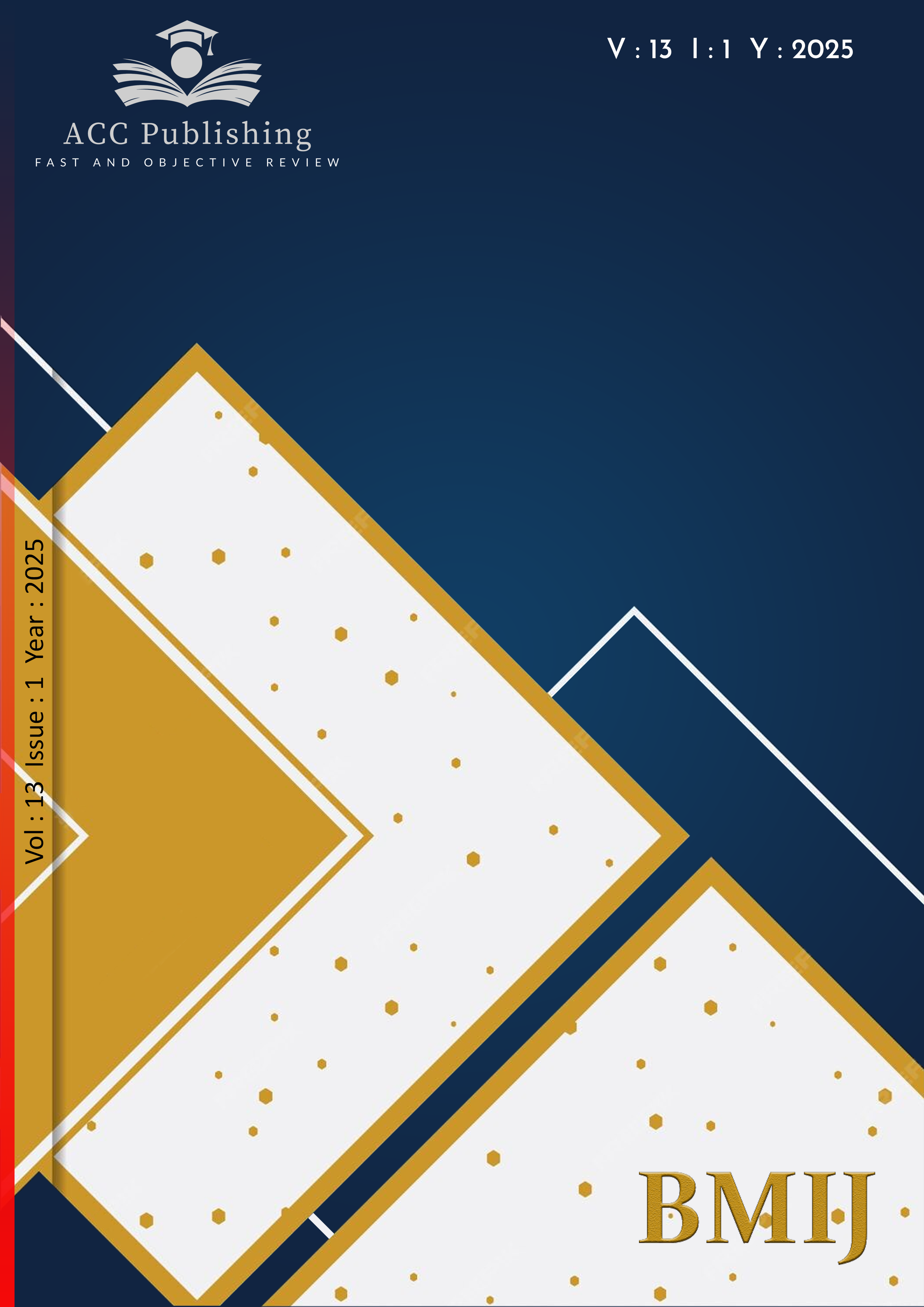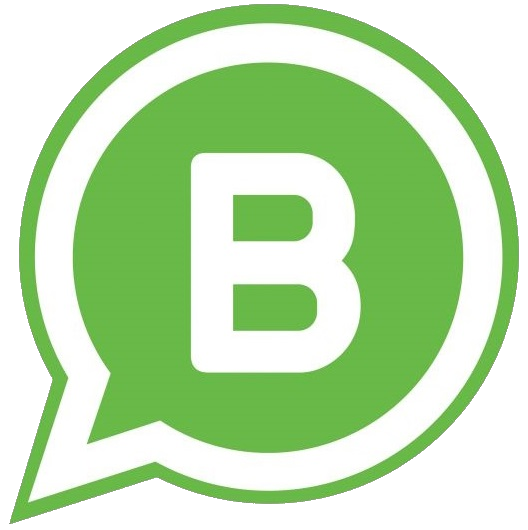
Published 2025-03-25
Keywords
- Addiction, Digital Addiction, Motivation, Performance
- Bağımlılık, Dijital Bağımlılık, Motivasyon, Performans
How to Cite
Copyright (c) 2025 Gönül Gül

This work is licensed under a Creative Commons Attribution-NonCommercial-NoDerivatives 4.0 International License.
How to Cite
Abstract
Addiction is a concept that has significant effects on human life. Considering studies, addiction is defined as excessive orientation towards various substances, actions or practices despite being harmed. Addiction is a condition that people cannot keep under control, develops obsessively and causes emotional, physical and cognitive reactions if the person quits. Today, with the rapid development of technology, the increase in digital tools and easy access to these tools increases people's addiction to these tools. Digital addiction is the addiction of people to digital tools, equipment and applications. With the increase in digital tools, their usage areas have expanded, and thus, the scope of digital addiction has also expanded. Digital addiction, which occurs as a result of excessive use of technology, negatively affects individuals in behavioural, emotional and cognitive terms. Digital addiction is a type of addiction based on the behaviour of individuals. It is a harmful condition that creates a mental and physical addiction in individuals focused on the use of digital devices. This study discusses the effects of digital addiction on employee performance and motivation in organisations. The study applied a questionnaire to administrative staff working at a state university in Çankırı province. As a result, digital addiction in workplaces does not affect the motivation of employees, and there is a negative relationship on performance. In other words, the performance of employees who are digitally dependent in their workplaces is lower.
References
- Aboujoude, E., 2010. Problematic Internet Use: An Overview. World Psychiatry, National Libriary of Medicine USA, 9(2), 85-90.
- Aktaş, B., & Bostancı Daştan, N. (2021). Game Addiction Levels in University Students in Covid-19 Pandemic and the Effect of Pandemic on Digital Game Playing Status. Journal of Addiction, 22(2), 129-138.
- Altınok, M. (2021). Investigation of High School Students' Digital Addiction and Life Satisfaction. Turkish Journal of Educational Sciences, 19(1), 262-291.
- Andreassen, C. S. (2015). Online Social Network Site Addiction: A Comprehensive Review. Current Addiction Reports, 2(2), 175-184. https://doi.org/10.1007/s40429-015-0056-9.
- Andreassen, C. S., Torsheim, T., & Pallesen, S. (2014). Predictors of Use of Social Network Sites at Work - A Specific Type of Cyberloafing. Journal of Computer-Mediated Communication, 19(4), 906-921. https://doi.org/10.1111/jcc4.12085.
- Andreassen, C. S., Torsheim, T., Brunborg, G. S., & Pallesen, S. (2014). Development of a Facebook Addiction Scale and Its Relationship to Problematic Internet Use. Psychological Reports, 110(2), 501-517. https://doi.org/10.2466/02.09.18.PR0.110.2.501-517.
- Aziz, N., Nordin, M. J., Abdulkadir, S. J., & Salih, M. M. M. M. (2021). Digital Addiction: Systematic Review of Computer Game Addiction Impact on Adolescent Physical Health. Electronics, 10(9), 996, 1-18.
- Carter, R., 2006. Rudeness Is Running Rampant In Today "S High-Tech Society. New York Amsterdam News, 97(34), 10-41.
- Carter, B., Rees, P., Hale, L., Bhattacharjee, D., & Paradkar, M. S. (2016). Association between Portable Screen-Based Media Device Access or Use and Sleep Outcomes: A Systematic Review And Meta-Analysis. JAMA Pediatrics, 170(12), 1202-1208. https://doi.org/10.1001/jamapediatrics.2016.2341.
- Çimke, S., Gürkan, D. Y., & Sırgancı, G. (2023). Determination of the Psychometric Properties of the Digital Addiction Scale for Children. Journal of Pediatric Nursing, 71, 1-5.
- Çivilidağ, A. ve Şekercioğlu, G. (2017). Çok Boyutlu İş Motivasyonu Ölçeğinin Türk Kültürüne Uyarlanması, Akdeniz İnsani Bilimler Dergisi, 7(1), 143-156.
- Derks, D., Bakker, A. B., Peters, P., & Van Wingerden, P. (2016). Work-Related Smartphone Use, Work-Family Conflict and Family Role Performance: The Role of Segmentation Preference.Human Relations, s.69(5), 1111-1132. https://doi.org/10.1177/0018726715601890.
- Elhai, J. D., Levine, J. C., Dvorak, R. D., & Hall, B. J. (2017). Problematic Smartphone Use and Mental Health Problems: Current State of Research and Future Directions. Addictive Behaviours, 76, 263-271. https://doi.org/10.1016/j.addbeh.2017.08.002
- Fobian, A. D., Avis, K., & Schwebel, D. C. (2016). Impact Of Media Use On Adolescent Sleep Efficiency. Journal of Developmental & Behavioural Pediatrics, 37(1), 9-14. https://doi.org/10.1097/DBP.0000000000000239.
- Grady, M. W. (1991).Performance Measurement, Implementing Strategy, Management Accounting, June.
- Griffiths, M. (2010). Internet Addiction: Time To Be Taken Seriously?, Addiction Research & Theory, 8(5), 413-418. https://doi.org/10.3109/16066350009005587.
- Jeráld, J.B., 2008. Technological Addiction. American of Journal Psychiatry, 165(3), 306-307
- Karaköse, T., Tülübaş, T., & Papadakis, S. (2022). Revealing the Intellectual Structure and Evolution of Digital Addiction Research: An Integrated Bibliometric and Science Mapping Approach. International Journal of Environmental Research and Public Health, 19(22), 14883, 1-27.
- Kesici, A., & Tunç Fidan, N. (2018). Investigating the Digital Addiction Level of the University Students According to Their Purposes for Using Digital Tools. Universal Journal of Educational Research, 6(2), 235-241.
- Khan, M. A., Khan, S., Zia-ur-Rehman, M., & Kanwal, M. (2016). Impact of Social Media Usage on Work Efficiency: The Role of Organisational Commitment and Job Satisfaction. Journal of Internet Banking and Commerce, 21(2), 1-20.
- King, D. L., Delfabbro, P. H., & Griffiths, M. D. (2013). Video Game Addiction. Clinical Psychology Review, 33(2), 213-224. https://doi.org/10.1016/j.cpr.2012.11.006
- Király, O., Nagygyörgy, K., Koronczai, B., Griffiths, M. D., & Demetrovics, Z. (2014). Problematic Online Gaming. Current Psychiatry Reports, 16(10), 523. https://doi.org/10.1007/s11920-014-0523-1
- Koch, H., Gonzalez, E., & Leidner, D. E. (2012). Bridging the Work/Social Divide: The Emotional Response to Organisational Social Networking Sites. European Journal of Information Systems, 21(6), 699-717. https://doi.org/10.1057/ejis.2012.18
- Köroğlu Kaba N, Öztürk H. (2021) Bireysel İş Performansı Ölçeğinin Türkçe Geçerlik Ve Güvenirlik Çalışması, Sağlık ve Hemşirelik Yönetimi Dergisi, 8(3), 293-301.
- Kuss, D. J., & Griffiths, M. D. (2011). Online Social Networking and Addiction-A Review Of The Psychological Literature. International Journal of Environmental Research and Public Health, 8(9), 3528-3552. https://doi.org/10.3390/ijerph8093528.
- Meng, S. Q., Cheng, J. L., Li, Y. Y., Yang, X. Q., Zheng, J. W., Chang, X. W., & Shi, J. (2022). Global Prevalence of Digital Addiction in General Population: A Systematic Review and Meta-Analysis. Clinical Psychology Review, 92, 102-128.
- Park, S., & Kwon, K. (2019). The Impact of Work Smartphone Use on Work Performance and Job Satisfaction. Telematics and Informatics, 42, 101-115. https://doi.org/10.1016/j.tele.2019.05.003.
- Reinecke, L., Vorderer, P., & Knop, K. (2017). Entertainment 2.0? The Role of Intrinsic and Extrinsic Need Satisfaction for the Enjoyment Of Facebook Use. Journal of Communication, 67(4), 482-504. https://doi.org/10.1111/jcom.12311.
- Rosen, L. D., Carrier, L. M., & Cheever, N. A. (2013). Facebook And Texting Made Me Do It: Media-Induced Task-Switching While Studying. Computers in Human Behaviour, 29(3), 948-958. https://doi.org/10.1016/j.chb.2012.12.001.
- Rosenfield, M. (2016). Computer Vision Syndrome: A Review of Ocular Causes And Potential Treatments. Ophthalmic and Physiological Optics, 36(5), 502-515. https://doi.org/10.1111/opo.12323
- Salo, M., Pirkkalainen, H., Chua, C., & Koskelainen, T. (2019). Explaining Information Technology Addiction: A Dual-System Theory Perspective. Journal of Management Information Systems, 36(3), 1230-1260. https://doi.org/10.1080/07421222.2019.1628908.
- Savci, M., & Aysan, F. (2017). Technological Addictions and Social Connectedness: Predictor Effect of Internet Addiction, Social Media Addiction, Digital Game Addiction and Smartphone Addiction on Social Connectedness. Dusunen Adam: Journal of Psychiatry & Neurological Sciences, 30(3), 202-216.
- Sarıca Keçeci, H., Özyirmidokuz K., E. & Özbakır, L. (2021). Digital Addiction and its Relationship with FoMo, Personality Factors and Happiness: An Application with University Students. Journal of Addiction, 22(4), 379-394.
- Suh, S., Shahrill, M., & Tan, A. (2018). Influence of Social Media on Emotional Burnout in University Students. Journal of Educational Computing Research, 56(3), 365-387. https://doi.org/10.1177/0735633117705894.
- Turel, O. (2014). Information Technology Use and the Nature of Employee's Work: An Integrative Review. Computers in Human Behaviour, 39, 31-37.
- Turel, O., & Serenko, A. (2012). The Benefits and Dangers of Enjoyment with Social Networking Websites. European Journal of Information Systems, 21(5), 512-528. https://doi.org/10.1057/ejis.2012.1.
- Turel, O., Serenko, A., & Bontis, N. (2011). Family and Work-Related Consequences of Addiction To Organisational Pervasive Technologies. Information &Management,48(2-3), 88-95. https://doi.org/10.1016/j.im.2011.01.004.
- Tutar, H., & Altınöz, M. (2010). Örgütsel İklimin İşgören Performansı Üzerine Etkisi: Ostim İmalat İşletmeleri Çalışanları Üzerine Bir Araştırma. Ankara Üniversitesi SBF Dergisi,65(02), 196-218. https://Doi.Org/10.1501/Sbfder_0000002162.
- Van Rooij, A. J., & Prause, N. (2014). A Critical Review of "Internet Addiction" Criteria with Suggestions For The Future. Journal of Behavioural Addictions, 3(4), 203-213. https://doi.org/10.1556/JBA.3.2014.4.1.
- Van Zoonen, W., Verhoeven, J. W., & Vliegenthart, R. (2014). Social Media's Dark Side: Inducing Boundary Conflicts. Journal of Managerial Psychology,29(8), 1034-1051. https://doi.org/10.1108/JMP-05-2013-0143.
- Zamboni, R. A., da Silva, A. M., & Moraes, J. F. D. (2018). Headache In Digital Device Users. Headache: The Journal of Head and Face Pain, 58(3), 479-488. https://doi.org/10.1111/head.13247.



